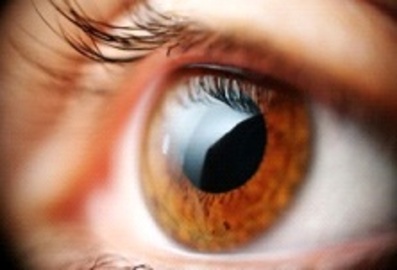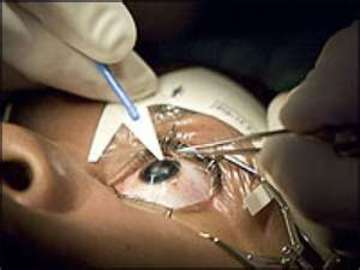Introduction

Being able to see is one of life’s greatest things. For a long time, the only thing that would help correct vision were glasses. It was not until the 1950s that contacts were invented and used. Since then, great strides have been taken in the advancement of eye surgery with some of the surgeries being so good that you do not need to wear glasses anymore. Two of the most popular surgeries for eyes are LASIK and PRK. Most people tolerate these well and can get rid of their glasses after the surgery. It does not always work though, and some people will still have to wear glasses but their eyesight is better.
History

One corrective surgery for the eyes is Lasik. Lasik surgery is a refractive surgery for correcting myopia, hyperopia and astigmatism. The surgery is performed by ophthalmologist using a laser. The surgery reshapes the corneas and makes vision sharper. A laser is used to make a flap in the cornea. The flap is then hinged back out of the way then removes some of the cornea, and reshapes the cornea then the flap is put back where the cornea tissue was removed. Both nearsighted and farsighted people can benefit from having this done. If you are thinking of having the surgery done, you first need to find a surgeon and he will do a bunch of test to make sure that your eyes are healthy enough for the surgery.
Features

Before Lasik, there was PRK or Photorefractive keratectomy. Eye surgeons stated using this in the 1980s and it was not until 1995 that the FDA approved a laser to be used with it. This corrective surgery is a lot like Lasik and is performed using an excimer laser that uses ultraviolet light beam to remove tiny pieces of tissue for the surface of the cornea to reshape it. Both nearsighted and farsighted people can see a benefit from the surgery. With the excimer laser, it also helps fix astigmatism. Lasek is a new version of corrective surgery that eye surgeons are doing. The procedure involves preserving the thin layer of epithelial layer by lifting it before surgery and after the surgery it is put back onto the eye. This surgery is for people with corneas that are to steep or thin for regular Lasik surgery. People having Lasek tend to heal more slowly and have more pain. These are not the only corrective surgery you can have. There are a few more that you can have and they include: Conductive Keratoplasty, Implantable Lenses, Refractive Lens Exchange and even Cataract Surgery which is now considered a corrective surgery.
Tips and comments
If you feel you would be a good candidate for any of the surgeries, you should discuss it with your doctor. They can go over what they think will be best for you to have done based on how your eye exam goes. Some people can not have certain surgeries based on what conditions they have wrong with their eyes.